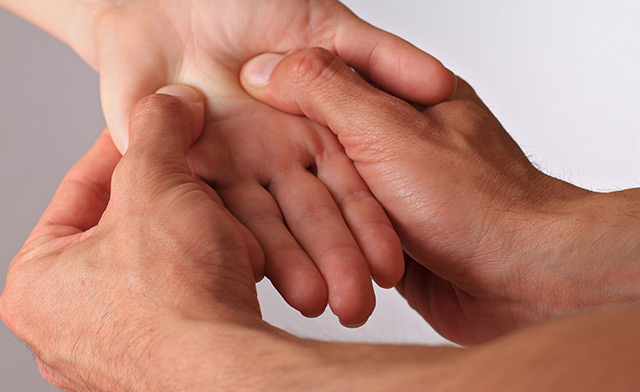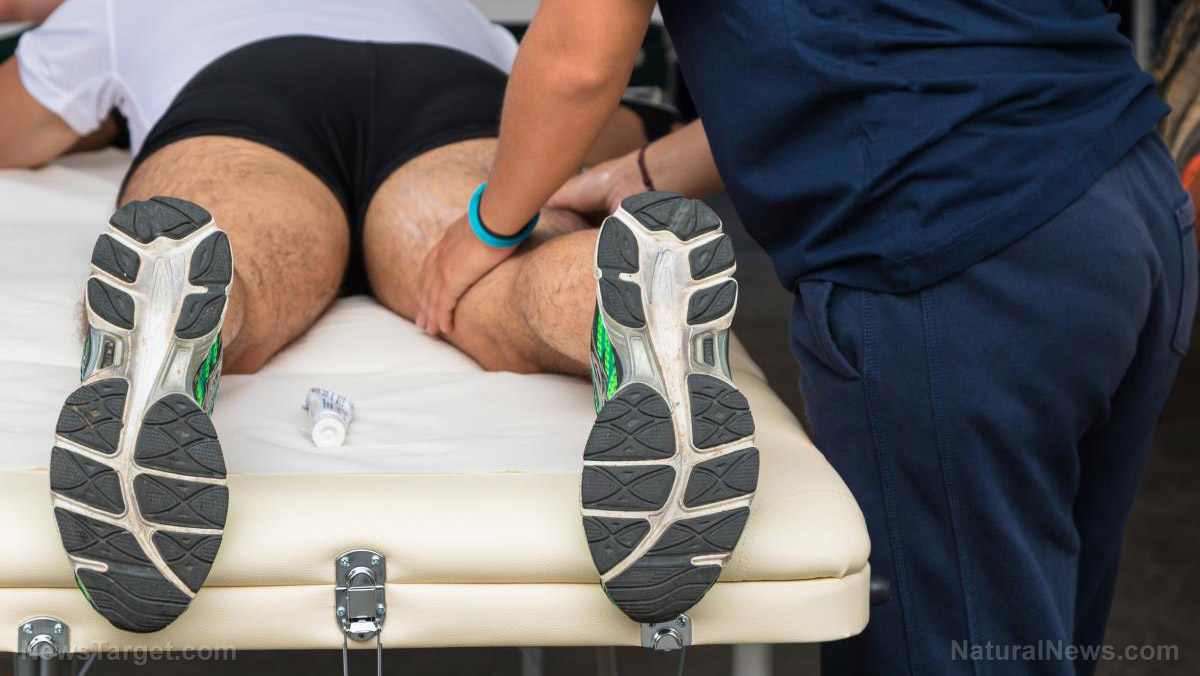Follow these 4 tips to ease pain caused by sciatica
03/24/2019 / By Michelle Simmons

Sciatica pain starts in the lower back and becomes worse as it goes down the back of your thigh. Fortunately, there are natural ways that help relieve a sudden sciatica flare-up. These include:
- Applying a hot or cold compress: Heat or cold therapy is the most common remedy for a sciatica flare-up. Heating pads and ice packs are relatively affordable, easy to transport, and can provide pain relief in an instant. To apply cold therapy, get an ice pack or wrap some ice in a cloth towel, then apply it on your lower back for about 15 minutes. This will lessen local inflammation and relieve the sharp pain. Remove the ice pack right away if your skin starts to feel numb. To apply heat therapy, place a heating pad or a hot water bottle on your lower back, buttock, or the back of your leg for about 10 to 20 minutes. Applying heat will dilate your blood vessels, improving blood flow and relaxing your muscles. As a result, you will feel less pain and find it easier to stretch or exercise.
- Stretching and low-impact aerobic exercises: Instead of sitting all day doing nothing, stretch your hamstrings and perform some low-impact aerobic exercises. These will help improve your blood flow to the affected areas and help reduce your pain. Your hamstrings can also become tight and inflexible if you do not stretch them, which can worsen sciatica pain. On the other hand, low-impact aerobic exercises help promote the release of endorphins and fight inflammation that surrounds your sciatic nerve roots. You can start doing these exercises by simply walking around your neighborhood or even on a treadmill. Low-impact core exercises can also help prevent or reduce sciatica pain in the future. Your core muscles support the spine and help prevent injuries when twisting or extending.
- Getting a massage: You may not be able to immediately book an appointment for a massage when sciatica pain suddenly occurs. However, you can still give yourself a relaxing massage using a tennis ball. This do-it-yourself massage will provide relief similar to what would you get from a standard pressure-point massage. To do this, lie on the floor and place the tennis ball under your buttock or upper thigh. Then, slowly roll over it until you find a tender spot to concentrate on. (Related: 11 Remedies for Sciatica Pain You Need to Try Before Using Any Painkiller.)
- Trying mind-body techniques: You can manage sciatica pain by using your mind power to lower your perception of pain. You can do this by practicing mind-body techniques, such as deep breathing exercises, meditation, guided imagery, and cognitive behavioral therapy. These techniques help relax your muscles and increase your sense of control over pain. In addition, they also help decrease anxiety and depression that are typically associated with chronic pain.
What you need to know about sciatica pain
Sciatica pain affects one to 10 percent of the population, and it most commonly occurs in people aged between 25 and 45 years old. It most commonly occurs due to an injury to the sciatic nerve, but can also be caused by pelvic fracture, gunshot wounds, and other trauma to the buttocks or thigh. If left untreated, it can cause complications like chronic low back pain, loss of bowel or bladder function, constant numbness or weakness of the leg, and persistent psychological problems associated with chronic pain.
Learn more about sciatica pain and how to relieve it naturally by reading BackPain.news.
Sources include:
Tagged Under: alternative treatments, natural healing, natural medicine, natural remedies, pain, pain relief, remedies, sciatic nerve, sciatica, therapies
















